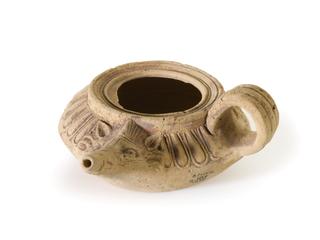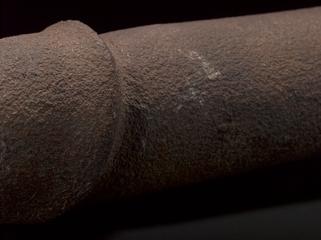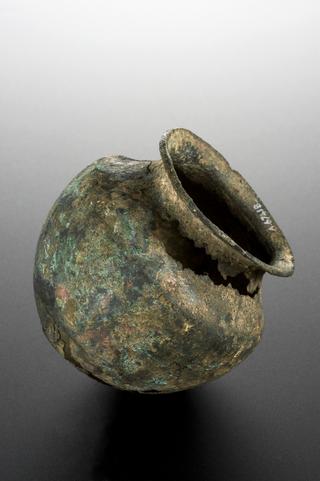




Wax model of plague scene in form of a heavily framed plaque, made by Gregorius Lenti, 1657, frame probably 18th century, thus European, 1657
Plague was a much feared disease with epidemics ravaging Europe, killing almost randomly, as some survived without contracting the disease. The Latin inscription painted on the slab lying next to the rotting corpse reads “Hodie, mihi, cras, tibi”, which translates as “It is my lot today, yours tomorrow”. The sculptor has used wax to mould a scene common to the 1650s – that of people dying from plague. Dried plants and cork bring the scene to life.
The sculptor also signed his name, “Lenti, Gregorius” and the date, “1657”. The frame was probably a later addition.
Details
- Category:
- Classical & Medieval Medicine
- Collection:
- Sir Henry Wellcome's Museum Collection
- Object Number:
- A657830
- Measurements:
-
overall: 503 mm x 554 mm x 154 mm, 11.2 kg
- type:
- plaque




